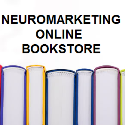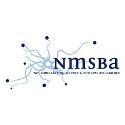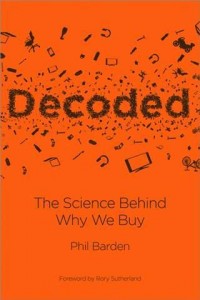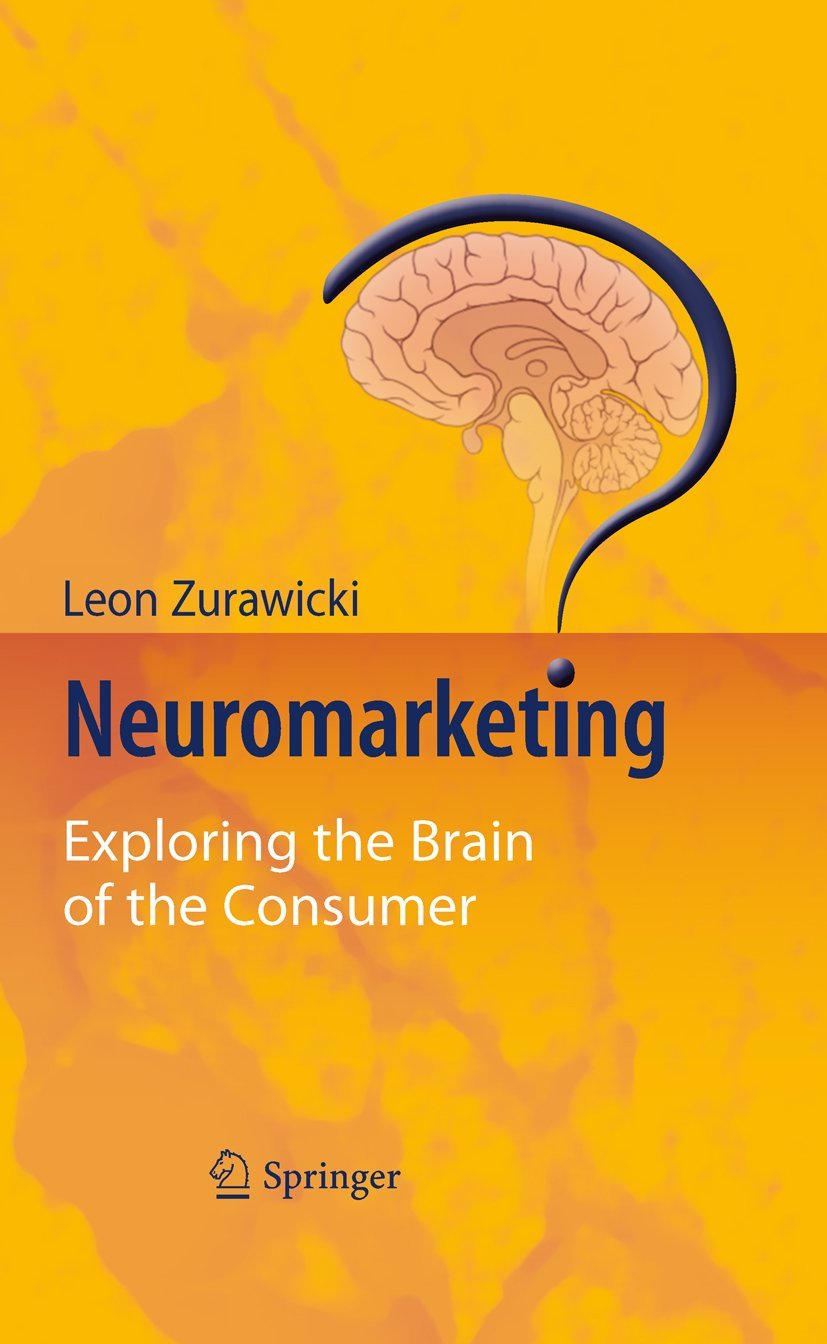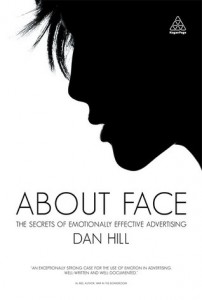Sands Research Identifies A Predictor to Purchase
Sands Research just announced that the largest nationwide USA POPAI Shopper Engagement Study was recently completed. Below are just a few of the exciting key findings related to the “neuro results” that open up a whole new area of shopper insight research:
1. The main finding is that Sands Research, using time synced EEG brain signals and Eye-tracking fixations, have identified a predictor of purchase. Items placed in the cart by a shopper produces a positive emotional brain response. This is a outstanding result, as it means there is a brain signal / response that can predict a purchase.
2. Subsequent eye fixations to the to-be-purchased item show the purchase intent effect, but it is diminished. This means that the biggest reward is early on in the discovery process. If we think about a food item purchase in terms of Stimulus -> Reward chain, this result points to the importance of early detection. As such, it is all about the first observations of the product. There are a number of action items that flow from this finding:
a. Packaging designers need to think of products more from a distance. Manufacturers, understandably, think about their packaging as a single object viewed at a hand-held distance. This is only half of the story. Selection of the product and its positive attributes occur at a distance at which the packaging details are lost on the shopper.
b. It is now possible to attach a magnitude to this effect. The positive EVS value (Sands Research’s Emotional Valance Score) is 25 which is much larger than what is seen in other testing scenarios such as TV. Further, the first fixation effect is more than twice as large as subsequent fixations. Put another way, viewing a product from a distance is twice as effective as it is locally.
c. Avoid visual clutter. This effect is consistent with the effects of display type. End caps, free standing, and in-line displays where the 3 top display types. In-line displays help segregate products from their surroundings and make it easier for shoppers to find a product by separating the figure (the product) from the ground (background clutter).
3. There are indeed gender differences. In general, people are slightly positive when shopping. Of note is the substantial disparity between the two genders, women had a score of 7.7 compared to 2.2 for men (women enjoy shopping almost four times more then men).
4. One of the more interesting results is the ability to now detect the emotional response between different stores. Stores can now be ranked and compared to the “optimum” shopping environment.
The study also opens up lots of new questions such as:
a. Does the overall emotional response to a store predict the number purchasing behavior?
b. What are the drivers of these differential responses? Is it the layout, the architecture, the staff, the smells, the features, the population?
The Shopper Engagement Study also looked in detail at the navigation and emotional responses from various types of shoppers (i.e. the Explorer, Time Stressed, Trip Planner and Bargain Hunter). The above touches briefly on some of the key EEG and Eye-Tracking findings from the POPAI Shopper Engagement Study. Sands Research collected over 5 terabytes of EEG and Video data and working with the POPAI Research Committee, continues to mine this important data, so I am looking forward to the next results.
With this study, Sands Research now offers a completely unbiased measure of engagement and emotion in the real world store environment. For shopper insight studies this opens up new questions such as how does this impact virtual research offerings? Not just general findings but now retailers and manufacturers have the ability to define the good, the bad and the ugly on an individual store or product packaging basis.
